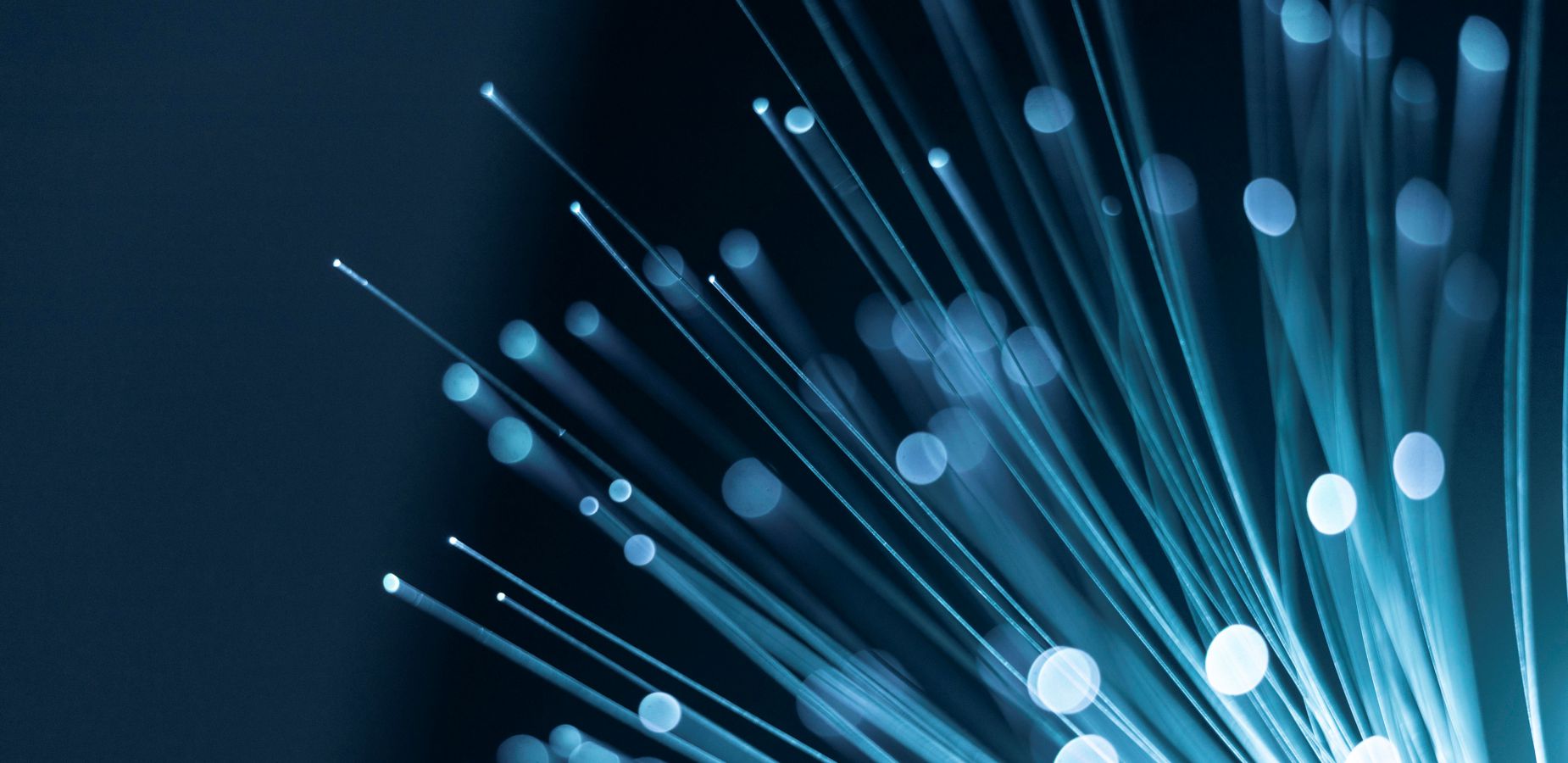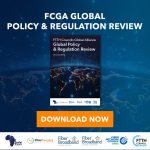We had the opportunity to converse with Mrs. Shirley Xu, who serves as the Marketing Manager for the Fiber Optic Materials division at Covestro. Mrs. Xu holds the position of Director within our Fiber Network Council APAC and boasts over two decades of expertise in the telecommunications sector, with a specific focus on B2B Telecom, IT, and specialty chemicals.


Can you provide a brief overview of your organization’s involvement in the fiber industry and its contributions to advancing connectivity in the APAC region?
On April 1, 2021, Covestro successfully completed the acquisition of the Resins & Functional Materials business (RFM) from the Dutch company Royal DSM. DSM’s Fiber Optical Materials (FOM) heritage is providing innovative solutions of UV-curable coatings, inks, matrix materials, tight buffer materials, splicing compounds and specialty fiber coatings for optical cable and fiber. The result: high-quality and reliable applications for optical fiber built on 40 years of experience working with fiber makers, cable producers, and telecom partners to meet the ever-changing needs of a digitalized world.
As an industry innovator, could you share a recent example of a fiber technology advancement or solution your company has developed that has had a significant impact on the market?
With the widespread adoption of 5G, increased deployment of fiber to the home (FTTH) connection, and the rise of the internet of things (IoT), the optical fiber industry is addressing the challenges of increased data traffic and the need to deliver higher fiber density within downsized cable diameters. Microbending of optical fibers are known problems in optical telecommunications networks because they can cause attenuation and therefore induce partial or total loss of signal.
In May 2023, Covestro introduced its Next Generation Microbending Resistant Coatings Technology, supporting 3000+ m/min speed, with reduced Helium consumption, low volatility, faster cure, microwave and LED compatible with superior Micro-bending performance and enabling advanced fiber design (such as G.654.E,180µm). This protective coating system for optical fibers plays a critical role in minimizing attenuation loss.
From your perspective, where do you see the current state of the fiber industry in the APAC region? What trends or developments are shaping its growth and evolution?
Telecom operators and service providers in the APAC region are committed to offering high quality 5G and FTTH service for consumers, anywhere and anytime. A high speed and high-quality optical fiber transmission network is crucial to ensure service quality. Thinner diameter fiber and lower attenuation fiber are future industry trends, such as 200/180 micron fibers and G.654.E large effective area fibers. However, these new fiber types are more sensitive to Microbending, which has become one of the main challenges for fiber manufacturers.
Microbending happens when small bends in the fiber axis cause attenuation and signal transmission loss, typically caused by stress on fibers during cabling or by other external disturbances. It is a major challenge for the industry, but the quality of our field-tested coating systems can make a significant difference in tackling Microbending performance. For example, the Covestro Next Generation Microbending Resistant Coatings Technology offers superior Microbending performance with low attenuation at longer wavelengths, such as 1550 nm and 1625 nm, over a wide temperature range. It is suitable for all highly demanding applications.
Looking into the future, what exciting opportunities or challenges do you foresee for the fiber industry in the APAC region over the next 5-10 years?
The construction of mobile and fixed broadband communication networks such as 5G, fiber-to-the-home, and gigabit optical networks continues to advance around the world. This increase in data traffic and the development of new applications such as the Internet of Things and Artificial Intelligence have advanced the continuous development of computing power and data transmission capabilities, thereby boosting demand for optical fiber and cable and product upgrades.
Optical fiber manufacturers around the world are facing challenges to produce higher performance optical fiber products while continuously improving manufacturing practices and minimizing environmental impacts. One answer is UV LED (ultraviolet-light-emitting diode) cure. This coating technology helps to reduce the environmental impacts of fiber optic production processes by replacing the conventional, energy-hungry curing systems used for fiber optic coatings with UV LED cure. For instance, we have observed that UV-LED lamps can deliver 80+% energy efficiency compared to conventional microwave lamps. With no warmup period and instant on/off; LED technology is contributing to a better workplace by reducing noise and heat, as LED lights run at 60°C and microwave lamps run at 250°C. UV LED cure provides a sustainable and cost savings solution.

In terms of infrastructure development and deployment, what unique insights does your organization bring to the table that contribute to the success of fiber networks in the diverse APAC landscape?
Network owners are deploying infrastructure to meet the highest safety, quality, and environmental standards. Making the right investment today will help future-proof us for generations to come. As the cornerstone of modern communication networks, the quality and lifetime of the optical fiber network is critical to minimize the network maintenance and operation cost. Our optical fiber coatings reduce total lifetime costs (TLC) and can provide fiber lifespans of up to 25 years or more. In fact, our optical fiber coatings have been proven to drive greater reliability and higher performing networks as measured through Microbending. This leads to a lower risk of network failure – even in extremely challenging environments.
Could you share a success story or case study that highlights how your organization’s fiber solutions have positively impacted a specific industry or community within the APAC region?
Within the context of sustainability and as a global manufacturer of raw materials for many applications, Covestro combines sustainable business success with a strong commitment to the environment. Covestro is committed to becoming fully circular and is striving to become climate neutral by 2035 (scope 1 and 2). To make the circular economy a reality and become operationally climate-neutral by 2035, Covestro already digitalized, in 2023, its product-specific life cycle assessments (LCA) for environmental data for approx. 50,000 intermediates and finished products.
Customers and value chain players in the fiber and cable industry increasingly ask for specific Product Carbon Footprint (PCF) data and other life cycle assessment (LCA) information from cradle to gate, proving Covestro’s proactive approach is positively impacting the industry. In 2023 we even conducted a feasibility study to clarify whether biomass raw materials can be used for optical fiber coatings.
How does your organization approach collaboration and partnerships within the fiber ecosystem to drive innovation and ensure seamless connectivity experiences for consumers and businesses?
In addition to being widely used in the telecommunications industry, our coatings’ technologies have been used in different specialty applications, such as Automotive, Medical, Oil and gas, Fiber Laser and Amplifiers, and Aerospace. Classic specialty fiber coating materials such as DeSolite® DF-0016 for Low Refractive Index Specialty Fiber, DeSolite® DF-0009 for High Temperature Specialty Fiber and DeSolite® 950-200 for Fiber Splicing Application were developed more than two decades ago through close collaboration and partnerships with fiber customers and end-users in every specific industry.
Recently, the development of a reliable high temperature resistant coating system that can also meet the requirements of good Microbending resistance, good stripability and low attenuation loss as a dual layer system is highly desirable. Collaborating with industry leaders, Covestro developed in 2023 a UV-curable dual layer acrylate coating system. The film study from the coating system has shown optimized balance between high temperature thermal stability similar to the single coat and improved mechanical properties over single coat as a soft/hard dual layer coating system. This new generation dual layer high temperature resistant coating system is expected to provide much improved fiber performance such as strip force and Microbending protection than the current single coat product for specialty optical fiber applications under high temperature harsh environments.

Given your experience, what advice would you offer to businesses and governments aiming to accelerate the adoption of fiber-optic technology in underserved or rural areas of the APAC region?
The costs of deploying network infrastructure in rural areas can be prohibitive. The combination of higher roll-out costs and lower population densities than in urban areas means that the return on investment from expanding networks into these areas is often unfavorable. Estimated FTTx deployment capex per premises in a rural country can be up to ten times higher for the last 10% of the population covered than the first 86%. It is why the operators need to pay close attention to their product costs as they expect the fibers and cables to have a lifetime of more than 25 years. A stable and high-speed optical fiber connection could ensure the quality of various applications, improve customer satisfaction, strengthen customer commitment, and facilitate the adoption and development of fiber-optic technology in the region.
In rural areas, the maintenance of optical fiber networks is also difficult and expensive, and there may be a lack of skilled workers to support. In this situation, a stable, high-quality and long-lifetime optical fiber network could minimize the risk of network failure, especially in extremely cold temperatures. This means a huge savings of the total deployment cost of the network throughout its entire lifetime. The coverage of rural areas with optical fiber may be deemed unprofitable in the short term due to high installation and maintenance costs. However, it can bring long-term benefits by promoting economic development and improving access to information in these regions. Government initiatives or public-private partnerships can be considered to make these projects more viable.
As a significant player in the industry , what role do you believe the Fiber Network Council APAC plays in fostering knowledge-sharing, networking, and collaboration among stakeholders in the fiber industry?
Covestro is a founding member of the Fiber Network Council APAC. We believe it has a critical role to play for the development of optical fiber industry in the APAC region. With knowledge-sharing, networking, and collaboration within the usual legal boundaries, FNC APAC can help accelerate the adoption of fiber optic technology in various industries, enhance the end-to-end performance of fiber optic network, and reduce the total deployment and maintenance cost of the network. The council could also foster the development of sustainability, digitalization, and new technology innovation across the APAC region.
Looking ahead to the next decade, where do you envision the fiber industry in the APAC region? How will emerging technologies and evolving market dynamics shape the landscape?
In my more than 20 years career in telecom industry, I have participated in and witnessed the development of fiber optic technology, the deployment of fiber-to-the-home, and the evolution of mobile communication technology from 2G to 3G, 4G, and 5G. In the next decade, I am excited to see how fiber optic technology will play a greater role in promoting sustainability, digitization, AI, IoT, 6G, autonomous driving, and more. In the foreseeable future, there is no new technology that can replace optical fiber. As the crucial foundation of all high-speed networks, the performance and quality of optical fiber will continue to improve to meet growing bandwidth and traffic demands.
Covestro believes in a future of community that will connect all people. We aspire to nothing less than connecting everyone in the world – everyone in this generation and for generations to come. Innovation is in our DNA. We are committed to collaborating with customers and partners to develop advanced optical fiber and cable materials, to enhance fiber and cable performance through superior Microbending performance, reduce the total cost of fiber production through super-high fiber drawing speed, lower Helium usage and recognized significant energy-savings via our UV-LED curing technology. Meanwhile, we foster sustainability in the industry through high-quality and long-lifetime fiber, lower fiber attenuation, environmentally friendly curing technologies and biomass coatings.


